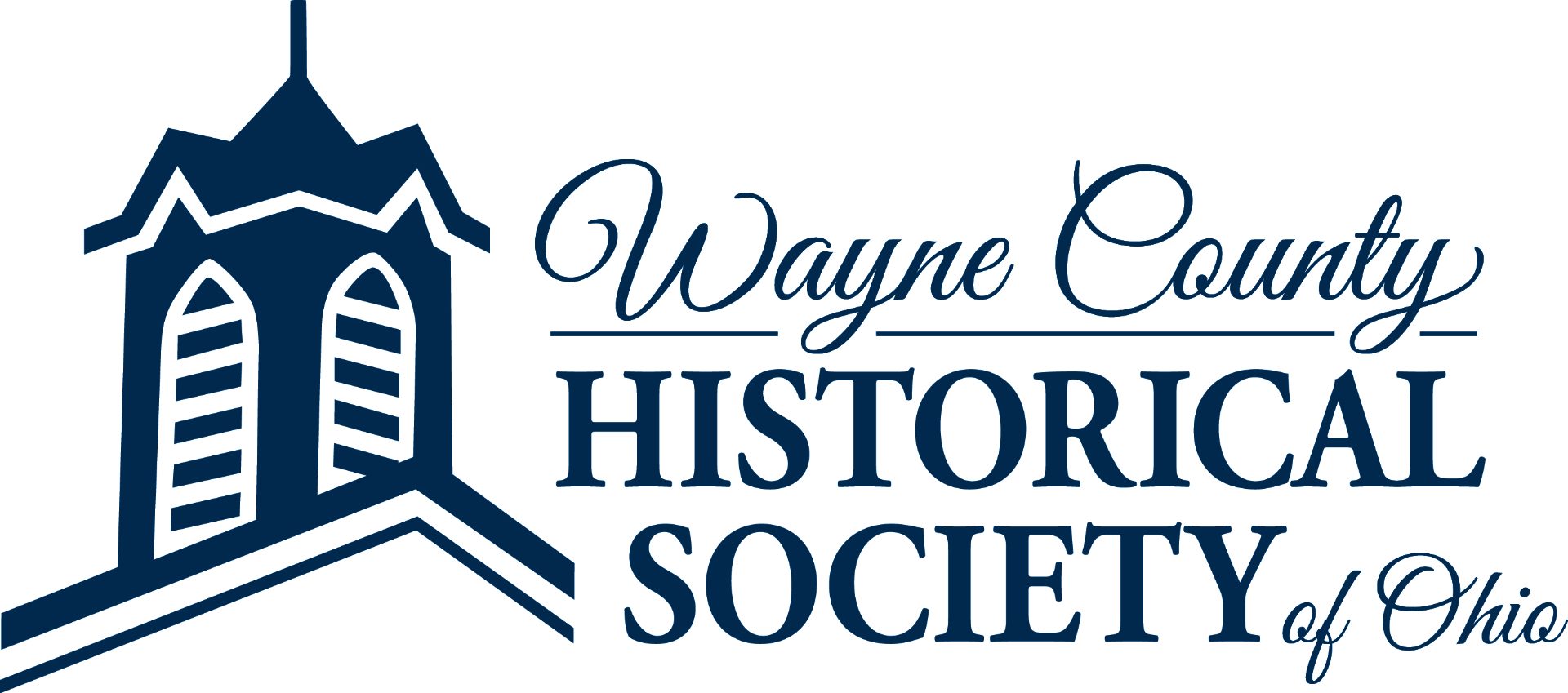
You have two options: you can listen to his presentation via the embedded media player or you can read the transcript below.
Program Introduction – Jim Watt:
Gordon Tait has made quite a historical study of religion on the campus of The College of Wooster and um one of the facets of that study is about Chapel attendance, and as, many of, most of you know probably, up until year 1970 at The College of Wooster like at many private church-related colleges um Chapel attendance was required. That is just a memory for most of us now, but um Gordon were so happy that youre here and we look forward to hearing about Chapel at The College of Wooster.
Speaker – Gordon Tait:
Thank-you Jim. Is this? Not, not turned on, I dont think. Ah, um-um. Thank-you Jim. Um. Most of you know that i have a fairly serious (interrupted).
Audience Member:
Get closer.
Speaker – Gordon Tait:
Get closer. Good, thank-you.
Audience Member:
Just put it in your mouth. (laughter)
Speaker Gordon Tait:
Most of you know that i have a fairly serious ah lower-back problem so standing for any length of time um, is painful, ah, with your indulgence ill remain seated while i read my paper.
This paper is about chapel, and The Chapel, at The College of Wooster. Or sacred space, sacred time question-mark, or a parking garage four days a week. (laughter)
The best thing that could happen to McGaw, remarked a former Wooster official, would be to have a terrorist steal onto the campus some night and blow-up the whole thing. (laughter)
Sounds downright traitorous and he was at least half serious. All the same he was giving voice to what many Woosterites thought about McGaw, who as we might say have been underwhelmed by the building.
Hold on. Were getting ahead of our story and we need to back up.
What we have here are two lines of thought running side-by-side, the College chapel service, and the place or building called the Chapel.
We begin with the former.
Sacred time, question-mark.
I have not combed the files but i feel certain i can say that from the 1870s until 1969-70 there was daily chapel, early on five days a week, later just four. Men and women sat separately in the Memorial Chapel until 1951, when mixed seating was permitted. And thanks to the Zimmermans we have a picture of Memorial Chapel right here, and if somebody would just pass it around, youll have some idea what that old building looked like.
Any rate, student monitors took attendance at chapel, too many cuts meant fines. The faculty stared down at the students from the choir loft, senior professors seated in the front rows, juniors to the back.
When i went to my first chapel, like a good boy i sat in the back row and after it was over i had one big question. Wa-was this really chapel? There was the opening hymn of course, but where, where were the other elements? Prayer, prayers, bible reading, a short meditation. I soon concluded that though the event bore the title of chapel, it was more truthfully, an assembly bringing together students, faculty, and second-floor Galpin administrators. It was not directed so much toward nurturing my soul as it was to my mind and the cause of community enhancement. On the rare occasions when the Trustees might be present, i noticed that scripture and, and the prayer were quietly added and President Lowry usually spoke. (laughter) Was it his way of telling them, we really do chapel here. (more laughter)
Speakers, speakers included of course students, faculty, the occasional administrator, outside, important outsiders, and about every two or three weeks, President Lowry.
Even in the mid-60s he could count on a robust student audience, while other speakers and programs lost hearers and swelled the ranks at the Shack. (laughter)
